
DrPatWalsh.com (21 February 2016)
Dr. Pat WALSH
The Irish Times (20/2/16) has a book review of Stefan Ihrig’s ‘Justifying Genocide: Germany and the Armenians from Bismarck to Hitler.’ Its reviewer is a Law Professor from the U.S. Perhaps in this year of 1916 commemoration a book and a review vilifying “our gallant allies” of Germany and Turkey is called for by the paper who called for the execution of our patriots. Nothing better than muddying the waters when you can no longer poison them!
Lawrence Douglas, the Irish Times reviewer starts off with the usual rubbish:
“On the eve of the Nazi invasion of Poland that began the Second World War, Hitler allegedly quipped, ‘Who, after all, speaks today of the annihilation of the Armenians?’ Today, the question has lost its rhetorical ring – indeed, a great many people speak of that annihilation.”
Firstly, we have lazy history. The German invasion of Poland did not start the Second World War; it began the German/Polish war. The Second World War began when Britain decided to declare war on Germany.
It is often repeated by those who know better, or should make it their business to know better, if they are serious academics, that Hitler said: “Who remembers the Armenians.” It should be known that there is no valid evidence that Hitler actually said such a thing!
The Times of 24th November 1945 in an article entitled ‘Nazi Germany’s Road to War’ cites Hitler addressing his commanders at Obersalzberg on August 22 1939, saying: “Who, after all, speaks today of the annihilation of the Armenians.” The article does not claim that Hitler is talking about exterminating the Jews but, in fact, creating lebensraum/living space for German colonisation in Poland on the eve of his assault.
There was so much doubt over the authenticity of the document presented to Louis Lochner of the Associated Press containing the quote, that it was discarded as evidence at Nuremberg. The original document containing it (L-3) was submitted to the Nuremberg Tribunal but withdrawn as evidence in accordance with Rule 10. The document was obviously a forgery since the original German was incorrect in a number of grammatical ways and it had unusual vocabulary. The typewriter used was not a German one, having no capacity for accents and suspicious spaces existed within the composition.
The Nuremberg Tribunal rejected the document as evidence against the Nazis in favour of two other official versions found in German military records. Neither of these, which have detailed notes of the address, contain the Armenian reference. One is authored by Admiral Hermann Boehm, Commander of the High Seas Fleet. In addition, an account by General Halder was used to prove consistency with the other two accounts used as evidence and this again makes no mention of the Armenians. This strongly suggests that the Armenian reference was added later by someone who wished to associate Hitler with the events of 1915 in the Ottoman Empire.
None of this has deterred historians, lawyers and various media commentators using the Hitler forgery ever since, however.
Lawrence Douglas is a Professor of Law, from Yale Law School no less. But for all his high-class law school education he is remarkably ignorant of actual Law. He probably knows the word “genocide” was not used until 1948, when the UN General Assembly adopted the “Convention on the Prevention and Punishment of the Crime of Genocide”. There are no genocides recognised by Law before the Nazi one – presumably because a crime cannot be committed before a Law is in place. The U.N. made an exception to this with the Nazis but has chosen not to extend its Law backwards in judgement of other events and against other countries. The reader should be able to guess why.
The U.N. defines what constitutes “Genocide” and it has not defined the Armenian events as such. Therefore an assertion that the events of 1915 constitutes a genocide is nothing but opinion. It is not Law even when opinionated by a Yale lawyer.
The word “genocide” was coined by the Polish Jewish lawyer, Raphael Lemkin, to deal particularly with the then recent systematic killing engaged in by the Nazis. I once heard a young Israel historian, Tal Beunos, explain that Lemkin was something of a cypher used to embed a narrative after the Vietnam War that would distract from US actions there. Lemkin is used to cover up the absence of a genocide law in 1915 by the assertion that he always had the Armenians in mind when he invented his special word for the Nazis. There is a kind of creative imagining involved here. Lemkin was only a Professor of Family Law competence, I am told. His famous and complex book ‘Axis Rule’ was written only 2 years after he came to the US, when he was a poor speaker of English. Who was the ghostwriter, one might ask? And yet it does not mention the Armenians at all, despite the fact that it is continually asserted since that Lemkin always had the Armenians in mind when he invented his word for what happened to the Jews. One can only conclude that Lemkin did not feel the Armenian example warranted/deserved the invention of a new word and he saved it for the Jews.
Lawrence Douglas says:
“2015 marked the 100th anniversary of the 20th century’s first genocide, the killing of perhaps one million Armenians by Ottoman Turks. The centenary witnessed an outpouring of books and media attention devoted to the mass killing. Turkey’s official refusal to accept responsibility for the atrocities – and even to acknowledge their commission – continues to make for political turmoil at home and to earn the nation opprobrium abroad.”
Something like 650,000 Armenians died from all causes between 1914 and 1922. These deaths included those killed in warfare, through hunger, through disease, through old age, through young-age in war conditions, through Royal Navy blockade, through migration across the lines to the Russians, flight across mountains with the French Army in winter, through starvation within the Armenian Republic, through massacre from those outside the state, including Kurdish bands and hostile Turks, as well as through Ottoman security measures. That is from the work of the Irish-American demographer, Prof. Justin McCarthy. Moslem casualties in the same area were at a similar ratio and for similar reasons.
It is asserted implicitly that all these deaths were the result of death-marches and state action. That is a completely false view but it is advanced by not clarifying the causes of deaths. It is left to the reader to form the false impression. Therefore, it can only be described as propaganda.
If the causes of Armenian (and forgotten/ignored Moslem) deaths was clarified it would lead to the conclusion that responsibility for them would fall much wider, and indeed primarily elsewhere. And, of course, that would mean the finger of accusation would fall elsewhere, on those who instigated the insurrection and then failed to assist it through to its objectives.
Douglas continues in the Irish Times:
“Now comes Stefan Ihrig’s fascinating and highly readable account, Justifying Genocide: Germany and the Armenians from Bismarck to Hitler, which suggests that Hitler was wrong even at the time. Ihrig, a scholar at the Van Leer Institute in Jerusalem, demonstrates that the mass killings of Armenians hardly had to wait the better part of a century to seep into the public’s consciousness. Far from a crime long concealed in secrecy, rumour and denial, the genocide was widely known and reported on from the time of its commission – particularly in Germany, the nation that would soon build aggressively on the Turkish precedent. Germany and Turkey were allies during the First World War, with the Ottoman-German alliance ratified on August 2nd, 1914, shortly after the outbreak of hostilities in Europe. German diplomats stationed in Turkey knew about the ‘deportations’ of the Armenians from the get-go, and communicated much of what they knew to officials back home.”
And yet weren’t the Germans accused of the “first genocide of the 20th Century” themselves in the massacre of the Herero in 1904-7 in what came to be called Namibia? A book I have in front of me says that: “Namibia was a prelude to what German Nazis later tried to implement on European soil” (Andre Vltchek, Exposing Lies of the Empire, p.680). So really those Anglophile Germans who wanted to copy the example of the British Empire in Africa and elsewhere had nothing to learn from the Ottomans. They had done it all themselves, learning it all from the masters of extirpation, the Anglo-Saxons, within living memory.
The idea of knowledge begetting inspiration is also preposterous. There was nowhere that knew about the “massacre of Armenians” more than Britain, through the Bryce Blue Book, Arnold Toynbee and the Wellington House propaganda department.
Douglas also writes:
“Notably, a great many German newspapers, particularly those on the political right, lined up against the Armenians. This was partly a case of nationalist publications defending the actions of an ally. But the nature of the defence was chilling, especially when read through the filter of German history to come. The killings, German pundits opined, took place during wartime, and were largely provoked by the Armenians themselves, who constituted, so it was claimed, a fifth column of backstabbers prepared to sabotage the Turks. Armenians were disparaged as a people without a homeland and any sense of national loyalty: clannish, greedy, shifty and committed only to their own power. “
Of course, the view that Douglas/Ihrig describe as German is exactly how the British saw the Armenians, whether right or wrong, and if Mr. Douglas had bothered to read British accounts like Mark Sykes (of Sykes/Picot fame or infamy?) he would find that is why the English saw the Armenians as such useful pawns in their Great War against the Ottomans. The “fifth column of backstabbers” were welcome additions to Britain’s Great War everywhere whilst in Britain’s Empire they were hung or shot as traitors, as with Roger Casement.
“Ihrig brilliantly lays bare the ‘confluence’ between German anti-Semitic and anti-Armenian stereotypes. Jews and Armenians were treated as ‘Semitic cousins’, with the latter playing the role of ‘quasi-‘ or even ‘über-Jews’. To his credit, Ihrig generally avoids drawing any straight line from German debates about the Armenian genocide to the Holocaust. The Nazis were not, he concludes, simple imitators of the Young Turks. But Turkey had introduced extermination as a way in which a modern nation state could ‘solve’ problems posed by an unwelcome minority. In spirited fashion, Germany had debated the merits of this solution. And in the decades preceding their own, more ambitious campaign of genocide, many right-wing Germans had responded with understanding if not outright approval.”
British state records are full of descriptions of the Young Turk “crypto-Jews” who were aiding the Germans in the War. The danger England saw in “the Jew” was one of the reasons for the Balfour Declaration of 1917. England was saturated with anti-Semitic understandings about the “power of the Jew” etc. The objective was to tame the “Internationalist Jew” and his liking for Socialism and International Finance by giving him a country and making a nationalist out of him. Turning the Jew away from Germany by giving him another allegiance must have, like instigating the Armenian into Insurrection against his state, had implications of a serious kind. But what did Britain care for either. The important thing was to win its War.
If there had been an extensive debate in Germany about “extermination as a way in which a modern nation state could ‘solve’ problems posed by an unwelcome minority” why was it that the extermination of the Jews took place in such obscurity, one might ask? Does Ihrig not know that the vast bulk of exterminated Jews lived outside of the Reich and if they had only constituted “an unwelcome minority” within Germany the Holocaust would never have happened.
The Armenian position in the Ottoman Empire was entirely different. Count von Moltke rather accurately described the Armenians as “Christian Turks.” The Armenians served in significant positions within the Ottoman State through its history. Sultans took Armenian women as wives so the Ottoman line became mixed with Armenian blood – something the English saw as “race suicide”. At least 12 Ottoman ministers between 1867 and 1913 were Armenian. They also served as Ambassadors, Bankers, translators, consuls and deputies in the Ottoman Parliament – 14 in 1908. The Ottoman Foreign Minister in the year before the Great War was an Armenian. It is extraordinary that the belief exists about Ottoman desire to destroy the Armenians, they were such an important pillar of the Empire and its functioning. Can it be imagined Hitler having a Jew as his Foreign Minister in 1938?
The Armenians only became an “unwelcome minority” when Britain started seeing them as a useful “fifth column of backstabbers” in its Great War to destroy the Ottoman state. Insurrections aimed at provoking British or Russian intervention prior to 1914 were dealt with in measured fashion that did not question the Armenian existence within the State.
The important statement made by Douglas is the one clear fact contained in the fog of impression management – “Ihrig generally avoids drawing any straight line from German debates about the Armenian genocide to the Holocaust.” So we can conclude that after writing a book of a few hundred pages the German cannot draw “any straight line from German debates about the Armenian genocide to the Holocaust.” Enough said, much ado about nothing. Another academic classic!
There is no straight line that can be drawn between the Ottomans in 1915 and the Nazis 1941-5.
For one thing, the Nazis do not have defenders like Edward Erickson of the U.S. Marine Corp. Commander Erickson in his 2013 book ‘Ottomans and Armenians: A Study in Counterinsurgency’ examines the relocation or forced migration of a large section of the Armenian populace by the Ottoman authorities in 1915 and comes to the conclusion that it was purely a military measure. He describes it as relocation rather than exile, deportation or ethnic cleansing because there is nothing to suggest, i.e. no evidence, that the Ottomans had any intention of permanently moving the Armenians and there is plenty of evidence, both from Ottoman and Armenian sources (e,g. Pasdermadjian, the Armenian Insurrectionist) that there was every intention of returning them after the war emergency.
Erickson, a military man with a practical understanding of such things, describes the relocations as an improvised military operation on the Ottoman part. He is aware of the adage that policy follows resources. The problem the Ottomans had in 1915 was that they were fighting a four front war, courtesy of British/French and Russian invasions. The Armenian relocations, although mainly conducted in the area where the Russian threat was, were not instituted until the Gallipoli landings in April 1915 produced an absolute existential threat to the state through complete encirclement. It is also noticeable that once the British invasion was beaten off at the end of 1915 the relocations were wound down.
The Armenian Insurrection had been in existence for 6 months at that point. The Ottomans, seeing the Insurrection as a significant but not existential threat, did not institute a relocation policy. Tens of thousands of Armenian young men had joined the bands of Pasdermadjian and Antranik or had deserted the Ottoman Army and gone over to the Russians with their rifles. But the Ottomans were aware that the general Armenian populace were not participating in the Insurrection and did not take action against them. It was only with the Entente invasion at Gallipoli that a different kind of war began to develop as Britain put the Ottoman State in dire peril.
As Erickson shows the problem of the Armenian population became acute as the Ottoman armies had to man the defences on the four fronts.
The rising in Van in April 1915 was another important trigger to the relocations. This was orchestrated by the Dashnaks (Armenian revolutionaries) in conjunction with a simultaneous offensive by the Russians. It may have begun as a defensive Insurrection in the minds of the Armenian civilian populace but it resulted in a general massacre of Turks and Kurds and the handing of the city over to the Russian Army. It put an 80 mile dent in the front in favour of the Tsar’s armies and was a pivotal moment in the Ottoman response.
The Ottomans also found a serious threat developing to their lines of communication by early 1915. Armenian irregulars ambushed Ottoman reinforcements, attacked military supply columns, sacked military bases, cut important telegraph communications to the rear of the lines and massacred Moslems in undefended villages.
In previous insurgent situations the Ottomans had applied a straight military solution to such risings. They sent in their armies, the military dealt with the insurgents and there was often a retaliation against the civil population by locals to deter further trouble. However, the Great War context and the four front assault of the Entente meant a new strategy had to be adopted in the lack of a military, occupied on the fronts, to carry out the traditional measures of internal security.
A hastily put together counterinsurgency measure probably inspired by Spanish action in Cuba (1896), US action in the Philippines (1901) and British measures against the Boers in South Africa (1901) was instituted (The British relocation of the Acadians and the French population of Newfoundland in 1756 to Louisiana and elsewhere was probably the first example of this but the Ottomans were probably unaware of it.)
The Ottoman relocation of Armenians was not a general deportation of the Ottoman Armenian. At least 350,000 Armenians in Western Anatolia were unmoved. Suspected Dashnaks were singled out by Ottoman intelligence, arrested and detained but no relocations occurred of the general populace.
As Erickson notes the British incited insurrection from all the groups that had formed the functional Ottoman State – Arabs, Kurds, Armenians, Zionists, Greeks. Some came out of it more successfully than others. The Armenians paid the heaviest price.
“Stefan Ihrig’s fascinating and highly readable” book ‘Justifying Genocide: Germany and the Armenians from Bismarck to Hitler’ is nothing of the sort. It is the standard fare by a guilty German attempting to deflect responsibility from his Nazis to the Ottomans. The same writer tries to construct a narrative elsewhere (Ataturk in the Nazi Imagination) describing Ataturk as a prototype of Hitler. Enough said, the man is deranged and unbalanced by guilt.
YouTube shows Herr Ihrig doing his penance in Israel for the sins of his grandfathers. I will leave it to readers to make sense of that.
Originally published in: http://drpatwalsh.com/2016/02/21/our-genocidal-allies-again/
© 2009-2025 Avrasya İncelemeleri Merkezi (AVİM) Tüm Hakları Saklıdır
Henüz Yorum Yapılmamış.
-
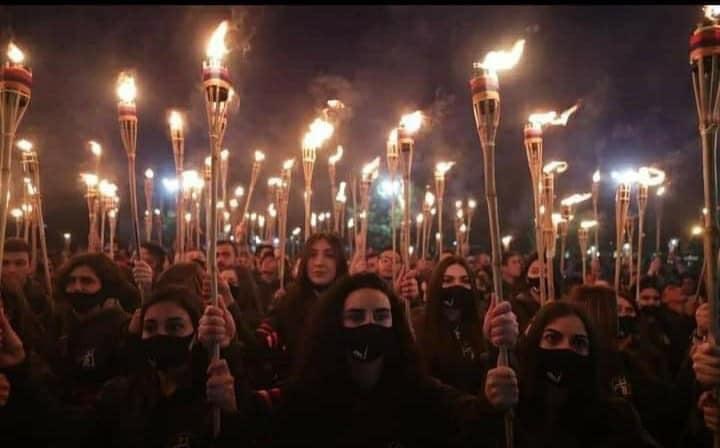 BIDEN PLAYS POLITICS WITH GENOCIDE (UPDATED) - DRPATWALSH.COM - 24.04.2021
BIDEN PLAYS POLITICS WITH GENOCIDE (UPDATED) - DRPATWALSH.COM - 24.04.2021
Pat WALSH 29.04.2021 -
 OUR ''GENOCIDAL'' ALLIES (AGAIN) - DRPATWALSH.COM - 21.02.2016
OUR ''GENOCIDAL'' ALLIES (AGAIN) - DRPATWALSH.COM - 21.02.2016
Pat WALSH 21.03.2016 -
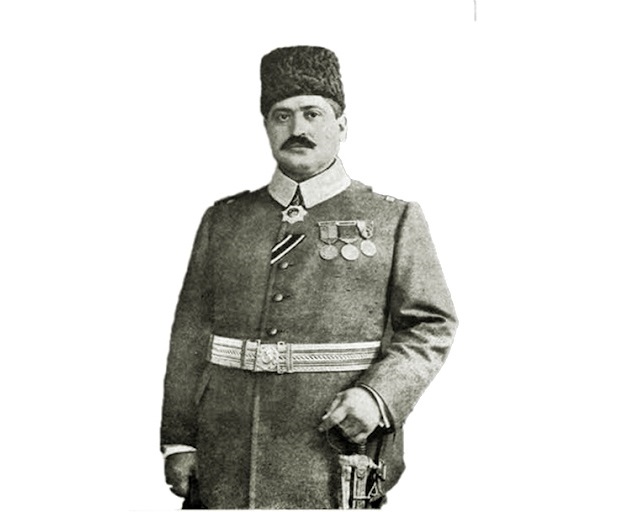 THE TALAAT PASHA QUESTION - DRPATWALSH.COM - 13.06.2020
THE TALAAT PASHA QUESTION - DRPATWALSH.COM - 13.06.2020
Pat WALSH 16.06.2020 -
 KHOJALY MASSACRE ANNIVERSARY - DRPATWALSH.COM - 21.02.2022
KHOJALY MASSACRE ANNIVERSARY - DRPATWALSH.COM - 21.02.2022
Pat WALSH 01.03.2022 -
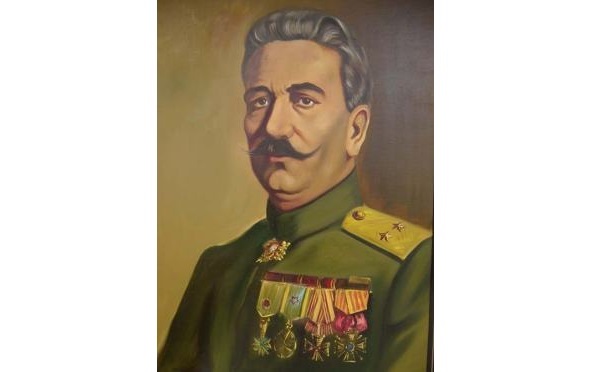 WHEN T.P. O’CONNOR MET GENERAL ANDRANIK - DRPATWALSH.COM – 29.07.2018
WHEN T.P. O’CONNOR MET GENERAL ANDRANIK - DRPATWALSH.COM – 29.07.2018
Pat WALSH 17.12.2019
-
MADRİD PRENSİPLERİ ÇÖZÜM GETİRMİYOR-Halit GÜLŞEN
- 27.06.2011 -
 INVENTORY ACTION THAT WILL BE CONDUCTED IN VAROSHA IN THE TURKISH REPUBLIC OF NORTHERN CYPRUS
INVENTORY ACTION THAT WILL BE CONDUCTED IN VAROSHA IN THE TURKISH REPUBLIC OF NORTHERN CYPRUS
AVİM 09.07.2019 -
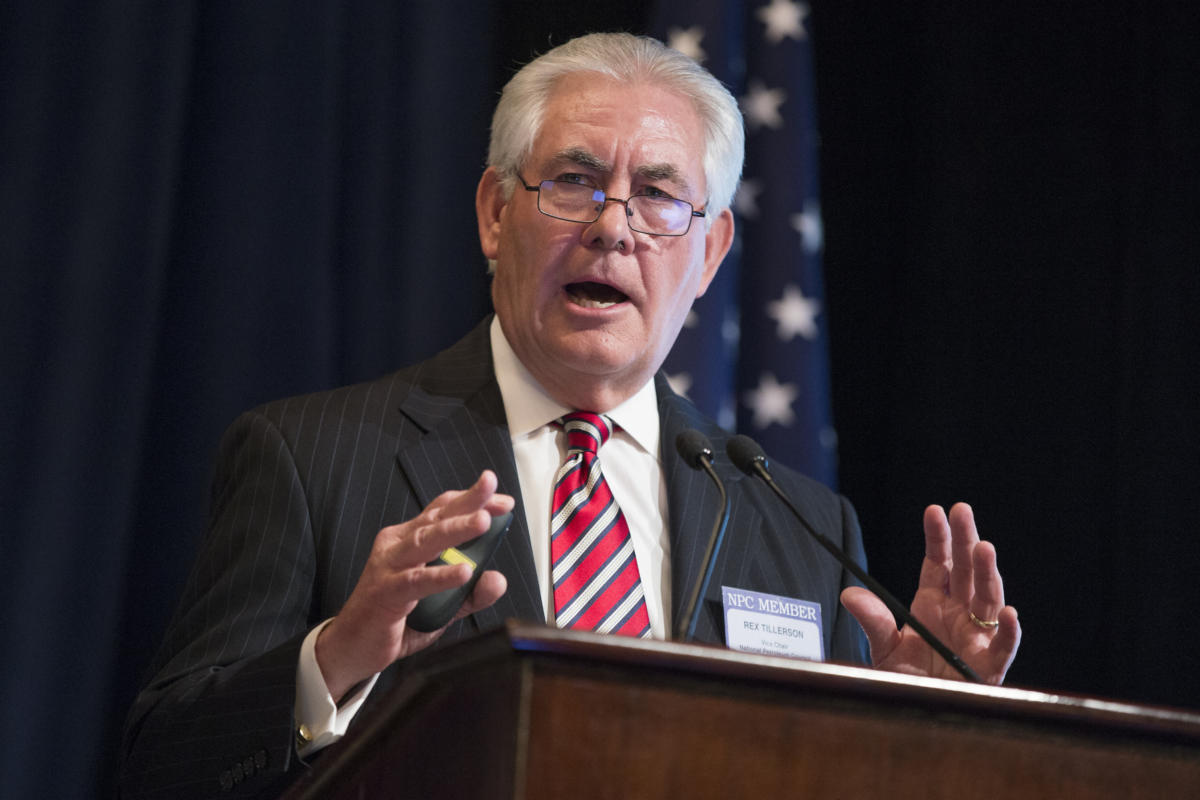 US SECRETARY OF STATE REX WAYNE TILLERSON’S ANSWERS TO THE QUESTIONS OF THE NEW JERSEY STATE SENATOR ROBERT (BOB) MENENDEZ
US SECRETARY OF STATE REX WAYNE TILLERSON’S ANSWERS TO THE QUESTIONS OF THE NEW JERSEY STATE SENATOR ROBERT (BOB) MENENDEZ
AVİM 09.02.2017 -
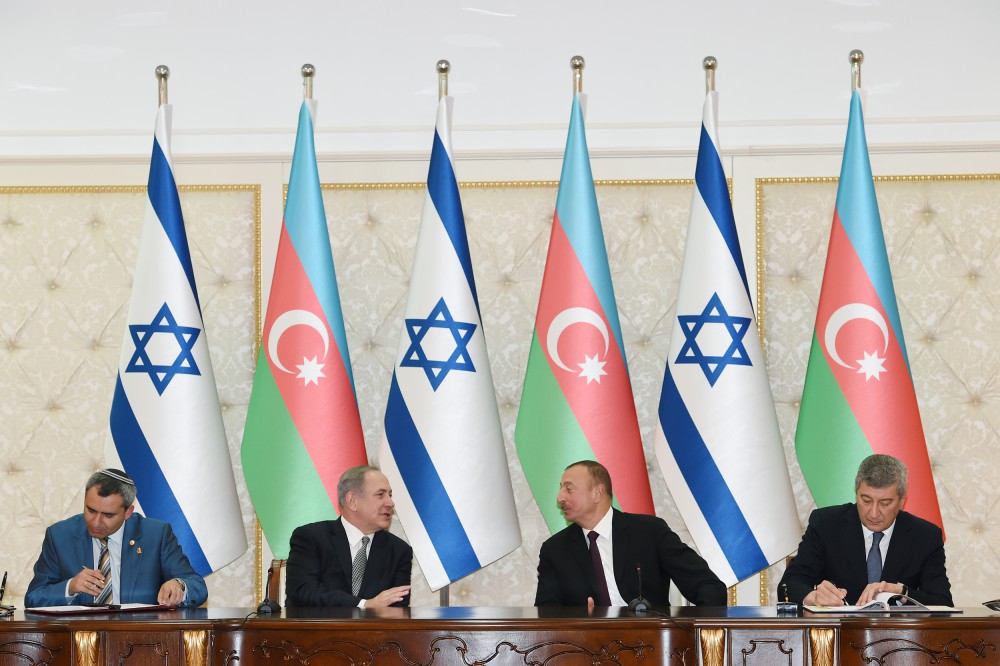 AZERBAIJAN AND ISRAEL—GENUINE MUSLIM-JEWISH RELATIONS
AZERBAIJAN AND ISRAEL—GENUINE MUSLIM-JEWISH RELATIONS
Alexander MURINSON 06.01.2017 -
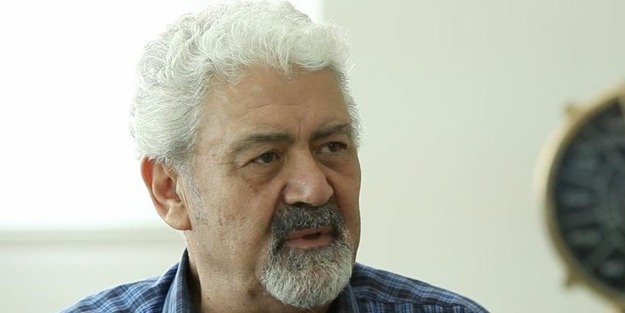 KIBRIS’IN KADERİNİN DEĞİŞTİĞİ GÜN - KIBRIS POSTASI - 20.12.2021
KIBRIS’IN KADERİNİN DEĞİŞTİĞİ GÜN - KIBRIS POSTASI - 20.12.2021
Ata ATUN 20.12.2021


